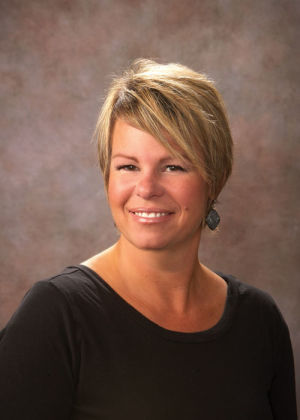About half of Idaho’s high school seniors make plans to attend college after graduation. But when classes begin in the fall, a portion of these college-bound Idaho students never show up on campus.
It is a yearly phenomenon that educators call “summer melt” and researchers at Idaho State Board of Education are working to find out how many Idaho students melt away and why it occurs. “We want to understand how to better serve those kids and help them achieve the goals they have set to go to college, that is what this research project is really about,” said Carson Howell, the State Board’s Chief Research Officer.
The State Board in recent years has launched a series of programs designed to make it easier and less costly for high school seniors to apply to college. The programs include College Application Week, Direct Admissions and Apply Idaho. The latter program enables students to apply directly to Idaho’s colleges and universities through the nextsteps.idaho.gov website with no application fee. Students are responding and more are using these programs to submit applications every year.

However, despite some progress, Idaho’s overall “go-on” rate – the percentage of high school graduates who actually go on to college or a career technical program -has been relatively flat at 45 percent for the last three years. Howell believes a better understanding of summer melt is key to improving Idaho’s go-on rate. “If all those kids who have indicated they are interested in going to college and have taken steps to get there actually go, we would have a go-on rate of well over 50 percent, perhaps even an 8 to 10 percentage point increase over the 45 percent go-on rate we have now,” he said.
State Board researchers are talking to high school counselors, college enrollment managers and to students. It appears there are several reasons summer melt occurs. A lack of contact with high school seniors just prior to, and after graduation stands out. “The spring and summer before the first college year is really a no-person’s land,” State Board Principal Policy Analyst Jean Henscheid said. “That time of the year really doesn’t belong to the high school counselors or the people at the colleges and universities beyond those responsible for recruiting and orientation.”
Leaving high school and preparing for college is a turning point in life that can feel overwhelming. “Summer comes and college forms are being thrown at students, forms that are really important and if they don’t have the right guidance or understanding of what those things mean, it can be overwhelming, so they don’t complete them or miss deadlines,” State Board Research-Communications Specialist Briana Krebs said.
Another factor involves the type of student most likely to melt away. “These are the students who have had the fewest opportunities provided to them by the system, yet they often have to work the hardest,” said Byron Yankey, the State Board’s College and Career Advising Program Manager. “These are students who have GPAs lower than 3.0, so the number of scholarships available to them are very limited.”
Yankey likens it to the feeling a person gets landing at a busy airport for the first time and aren’t sure where to go or what to do. “Their peers might already have figured out everything that is needed but they haven’t. Some feel like they are the only ones who don’t know what to do,” he said. “For some of these students, it’s just easier to stop than to persist and they don’t show up on campus when school starts.”
North Idaho College is taking a direct approach. Starting last December, NIC started sending faculty and staff out to more than a dozen Idaho Panhandle area high schools once a month to visit with high school seniors, answering questions and building relationships.
The program is called NIC Connect and it stems from a recent statewide meeting arranged by Board staff to bring high school counselors together with college and career technical advisors. The idea is to make sure needed support is provided throughout the transition period in order to keep graduating seniors from falling through the cracks. “There are adjustments that everyone recognizes,” Henscheid said. “We are all aware that this gap in student support exists.”
Apply Idaho will help State Board researchers gain a clearer picture of just how significant the summer melt problem really is by providing valuable data that didn’t exist before and insight that might help Idaho educators turn summer melt into a slight trickle. “We want to help those students who have a goal to go to college or a career technical school, reach that goal and thrive once they get there,” Howell said.
Written by Debbie Critchfield, vice president of the Idaho State Board of Education.
